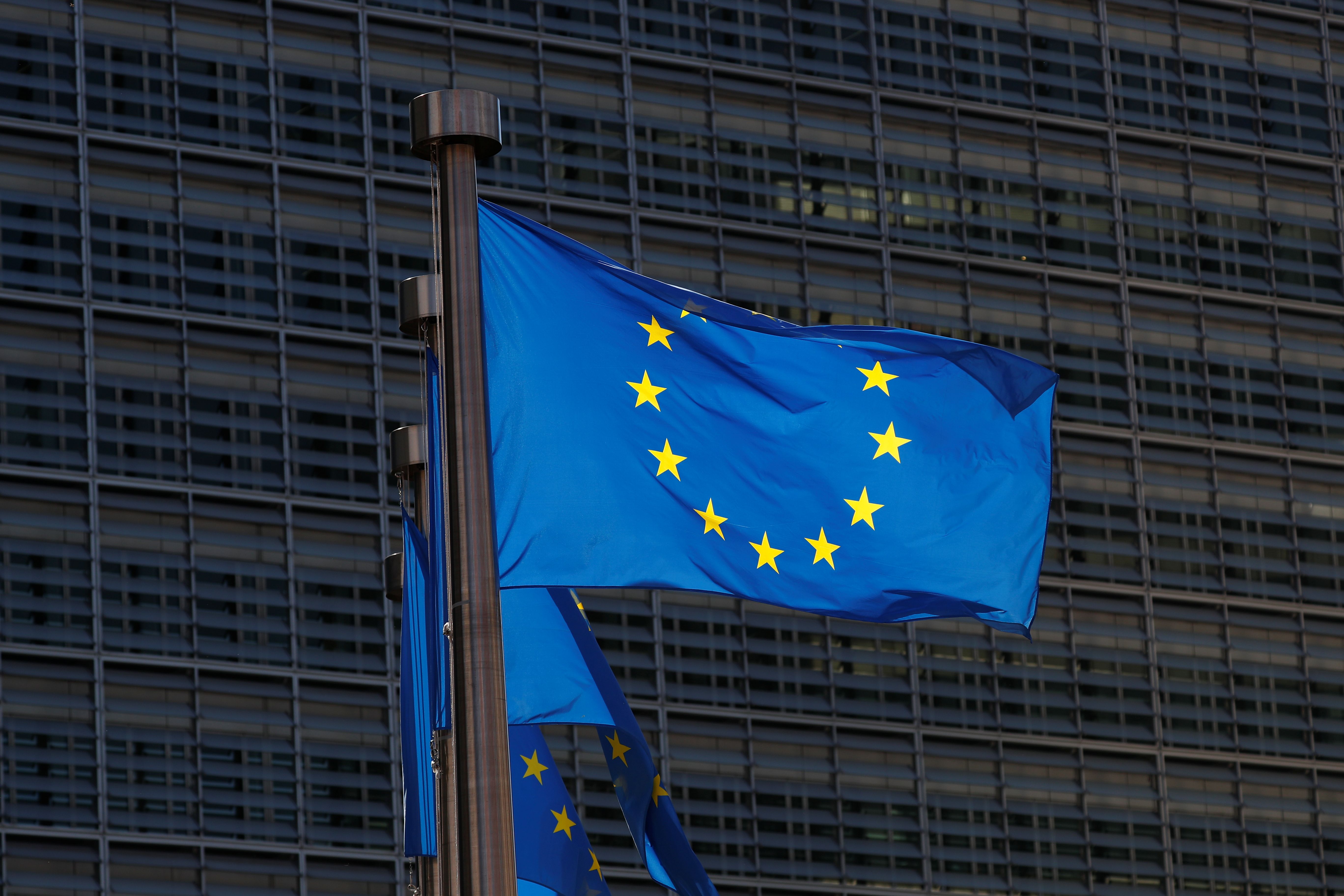Fast-track EU Trade Agreements

The Essence of the EC Approach
The EU approach is based on separate agreements on issues previously negotiated in a comprehensive free trade agreement. Of these, trade is the exclusive competence of the EU. Other issues concern matters shared by the EU institutions and Member States, such as resolving disputes between state and investor, portfolio investments, and political cooperation in association agreements. Separating those issues gives the possibility to apply two approval procedures, one fasttracking the trade deals. This approach was used for the first time in 2018 in the process of liberalising trade between the EU, on one side, and Singapore and Japan on the other. It was applied again in negotiations with Vietnam in 2019.
In the case of agreements covering matters falling within the exclusive competence of the EU, only the Council of the European Union (Council) and the European Parliament (EP) must agree to their conclusion (see Figure 1, below). Importantly, the Council’s decision on the EU’s exclusive competence requires only a qualified majority, not complete consensus. This could be seen when adopting the negotiating mandate (which is subject to the same procedure as the subsequent approval of the agreement) for talks between the EU and the U.S. on trade in industrial goods trade. The mandate was approved in June, despite France's opposition. Agreements subject to shared competence must be further ratified by all Member States.
Reasons for Changing the EC Approach
The earlier practice of requiring the Council, the EP and Member States to ratify agreements had a negative impact on the effectiveness of EU trade policy. It also limited the willingness of potential partners to talk to the EU in the face of negotiated agreements potentially being rejected. The new approach aims to prevent this kind of difficulty by simplifying the decision-making process.
Two events shaped the new approach directly. First, Opinion 2/15 on the free trade agreement with Singapore, issued in May 2017 by the Court of Justice of the EU (CJEU), has become the benchmark for future proceedings on the conclusion of EU trade agreements. The EC asked the court whether individual provisions of the agreement concerned competences exclusive to the EU, or those also shared with the Member States. The CJEU ruled that almost all of them related to matters of exclusive competence. Only the Investor-State Dispute Settlement (ISDS) and portfolio investments went beyond this scope. The CJEU recognised that addressing even one of these elements in a treaty affects the process of its conclusion, creating an obligation for its ratification by all Member States.
Second, the changes were intended to prevent individual Member States from blocking trade agreements. In 2017, due to the resistance of the Wallonia’s regional parliament (caused by concerns that local legislation could be undermined by international arbitration in the event of disputes with Canadian investors), the Belgian government delayed ratification of the EU agreement with Canada (CETA). Concerns that independent international tribunals would have the power to rule on disputes between investor and state had already deepened since negotiations with the U.S. (TTIP) began in 2013. These talks were highly controversial due to the importance of U.S. investors in the EU, and caused social protests against arbitration mechanisms, including those contained in other trade agreements (especially in relation to CETA).
Limits of the Approach
After negotiating a deal, and regardless of its scope, the EC does not decide how to proceed in the case of a given agreement, but presents a proposal to the Council. The Council may accept this suggestion, or put it to Member States for ratification (although the EC may then ask the CJEU to cancel the Council’s decision). If trade and investment issues are separated (as in the agreement with Japan), it may be difficult for the Council to question the EC’s proposals. However, such a scenario is not excluded for association agreements which consist of commercial (subject to exclusive competence) and political (shared competence) parts. An example is the treaty with Mercosur, concluded by the EU in June. If the EC presented the commercial and political parts for approval in order to speed up the process of adopting the agreement, the Council could reject this, demanding that the agreement be considered as a whole. Then, the path for accepting the deal could be extended, an institutional dispute may arise, and a complaint to the CJEU would be possible.
The separation of investment issues (as in the agreement with Japan) in accordance with opinion of the CJEU 2/15 also means that the EU places less emphasis on systems for settling disputes between investor and the state in the process of trade liberalisation. For European corporations that make large direct foreign investments, this will mean having to rely on the judicial systems of the countries in which they make these investments, which might limit their activity, mainly in emerging markets. At the same time, less emphasis put on investment arbitrage is a great success for civil society, as some feared these mechanisms might weaken the state’s right to introduce new regulations. The EU’s proposal to reform ISDS clause into the investment court system (as in the case of CETA) was a response to some demands by NGOs (e.g., the establishment of permanent investment courts instead of ad hoc tribunals, allowing appeals of the rulings and limiting the scope of possible suits). Despite this, investment protection still raises protests. Reform also faces opposition in other countries, such as Japan and the United States, so it is doubtful that the EC will be able to conclude further investment protection agreements with developed economies.
Conclusions
Changing the EC approach to concluding trade agreements may increase the effectiveness of EU trade policy, because the process will be faster and more predictable. The EU will not be hostage to interest groups in individual countries (as demonstrated by, among others, problems with CETA). However, this will be achieved at the expense of limiting the scope of issues embraced by these agreements.
If it is impossible for the EU to conclude separate investment protection agreements, Member States may seek to return to the practice of signing bilateral agreements. For example, in May 2019, the Netherlands obtained the EC’s consent to renegotiate some of its 79 investment agreements with non-EU countries. New agreements concluded in this way could, however, be less favourable to individual Member States than treaties concluded by the EU as a bloc. They could also negatively affect the coherence of the Union’s trade policy.
In addition, the EU, regardless of procedural issues, faces other challenges to its competence to approve trade deals. Some agreements are unpopular in the EU, their profits are not evenly distributed, and they have a negative impact on climate. An example is the agreement with Mercosur, which may be blocked at EU or national level due to the risk that implementation will contribute to deforestation, including in the Amazon rainforest. The process of trade liberalisation with Indonesia will be exposed to a similar risk. Possible agreements with the United States, India and China will also encounter strong opposition, partly due to their negative impact on the competitiveness of many sectors of the EU economy. The Union has already signed agreements with other important economic partners (such as Japan), and started negotiations on free trade deals with Australia and New Zealand.
Improving the process of concluding trade agreements may be beneficial for Poland, as it increases the EU’s export potential. The new approach might limit the political responsibility of individual governments to manage ratification procedures in parliament as well as to avoid protests by some stakeholders. At the same time, however, it means trade obligations can be imposed on Poland regardless of opposition from the government if it fails to create a blocking minority in the Council.



